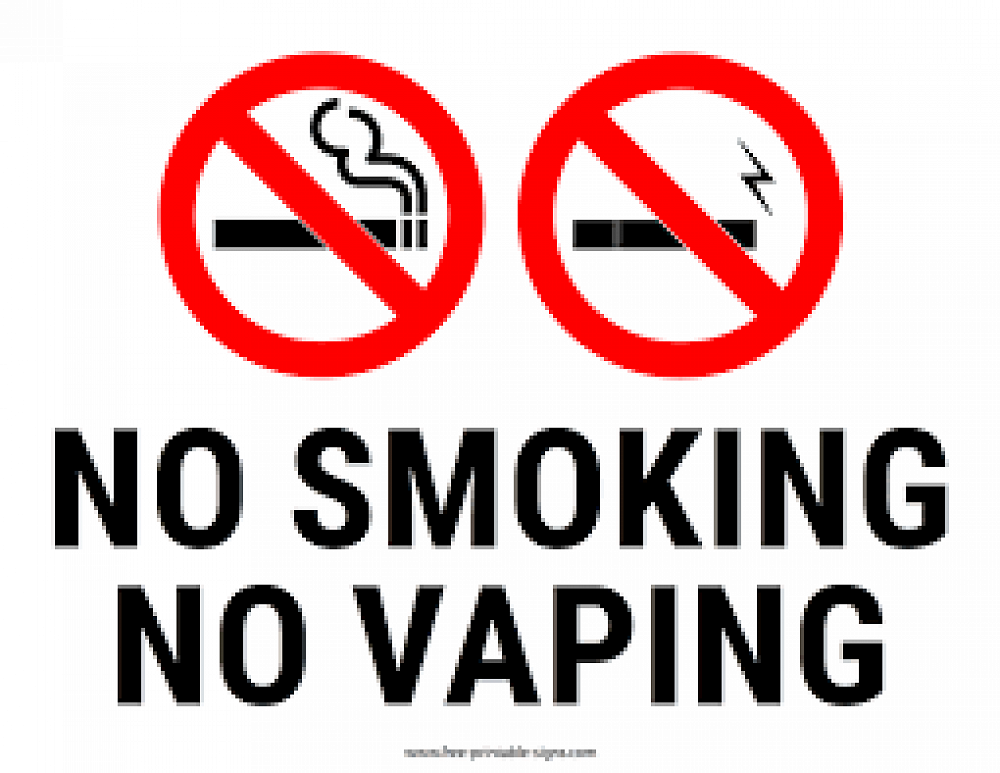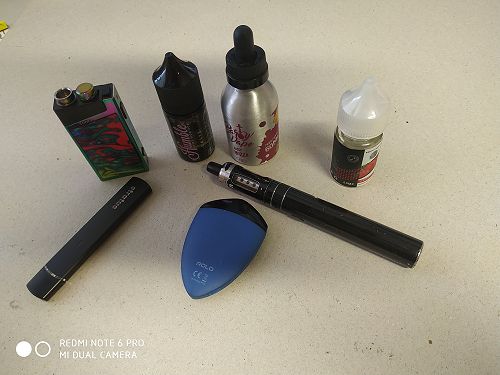
Is it Safe to Vape?
This seems to be a question students all over New Zealand are asking themselves recently.
Vaping among young people is rapidly increasing in New Zealand and the rest of the world. We are seeing an increase here in Timaru as well.
There are many conflicting messages around vaping in social media and other sources. It is often promoted as a safer alternative to cigarettes, but the truth is most young people who start to vape are not cigarette smokers and scientists are still learning about the long term health effects of e-cigarettes. The facts are:
- E-cigarettes expose users to fewer harmful chemicals than burned cigarettes. But burned cigarettes are extraordinarily dangerous, killing half of all people who smoke long-term.
- The use of any tobacco product, including e-cigarettes, is unsafe for young people.
The bottom line for young people is:
- Most e-cigarettes contain nicotine. Nicotine is a highly addictive drug and can harm adolescent brain development, which continues into the early to mid-20s.
- E-cigarettes can contain other harmful substances besides nicotine.
- Young people who use e-cigarettes may be more likely to smoke cigarettes in the future.
Schools and public spaces are smoke free and vape free. Roncalli has a policy of no vaping or smoking on school grounds, in school uniform or during off site school activities.
Parents may want to know information about vaping as it is relatively new. This is helpful when having discussions with your child.
- E-cigarettes are electronic devices that heat a liquid and produce an aerosol, or mix of small particles in the air.
- E-cigarettes come in many shapes and sizes. Most have a battery, a heating element, and a place to hold a liquid.
- Some e-cigarettes look like regular cigarettes, cigars, or pipes. Some look like USB flash drives, pens, and other everyday items. Larger devices such as tank systems, or “mods,” do not look like other tobacco products.
- E-cigarettes are known by many different names. They are sometimes called “e-cigs,” “e-hookahs,” “mods,” “vape pens,” “vapes,” “tank systems,” and “electronic nicotine delivery systems (ENDS).”
- Using an e-cigarette is sometimes called “vaping” or “JUULing.”
- E-cigarettes produce an aerosol by heating a liquid that usually contains nicotine, flavorings, and other chemicals that help to make the aerosol.
- The liquid used in e-cigarettes often contains nicotine and flavorings. This liquid is sometimes called “e-juice,” “e-liquid,” “vape juice,” or “vape liquid.”
- Users inhale e-cigarette aerosol into their lungs. Bystanders can also breathe in this aerosol when the user exhales it into the air.
- E-cigarette devices can be used to deliver marijuana and other drugs.
Most of the vaping juice used in e-cigarettes contain nicotine which is a highly addictive drug. This is the same addictive drug found in tobacco products. Often people are not aware of what is in the vape aerosol.
- E-cigarette aerosol is NOT harmless “water vapor.”
- The e-cigarette aerosol that users breathe from the device and exhale can contain harmful and potentially harmful substances, including:
- Nicotine
- Ultrafine particles that can be inhaled deep into the lungs
- Flavorings such as diacetyl, a chemical linked to a serious lung disease
- Volatile organic compounds
- Cancer-causing chemicals
- Heavy metals such as nickel, tin, and lead
- The aerosol that users inhale and exhale from e-cigarettes can expose both themselves and bystanders to harmful substances.
- It is difficult for consumers to know what e-cigarette products contain. For example, some e-cigarettes marketed as containing zero percent nicotine have been found to contain nicotine.
Vaping companies are targeting youth in their products and advertising. They are using strategies such as:
- Many e-cigarettes come in fruit, candy, and other kid-friendly flavors, such as mango, fruit and cream.
- A majority of youth e-cigarette users report using flavored varieties, most youth e-cigarette users first start using e-cigarettes with a flavored variety, and flavors are the primary reason youth report using e-cigarettes.
- E-cigarettes are also advertised using the same themes and tactics that have been shown to increase youth initiation of other tobacco products, including cigarettes. In 2016, about 8 in 10 middle school and high school students—more than 20 million youth—said they had seen e-cigarette advertising.
- Widespread advertising for these products, including via media for which advertising for conventional tobacco products is prohibited (e.g., TV), and the lower costs of some of these products relative to conventional cigarettes has contributed to the increase in e-cigarette use among youth.
- Many youth also report using e-cigarettes because they are curious about these new products, and because they believe these products to be less harmful than conventional cigarettes.
My final thoughts are vaping's health effects are at best unknown at this time. Young people who vape are risking getting addicted to a highly addictive drug, nicotine, for the rest of their life at a time when they are highly influenced by advertising, peer pressure and social media. The cost of this addiction will be long term health risks and a financial burden.
Gallery

